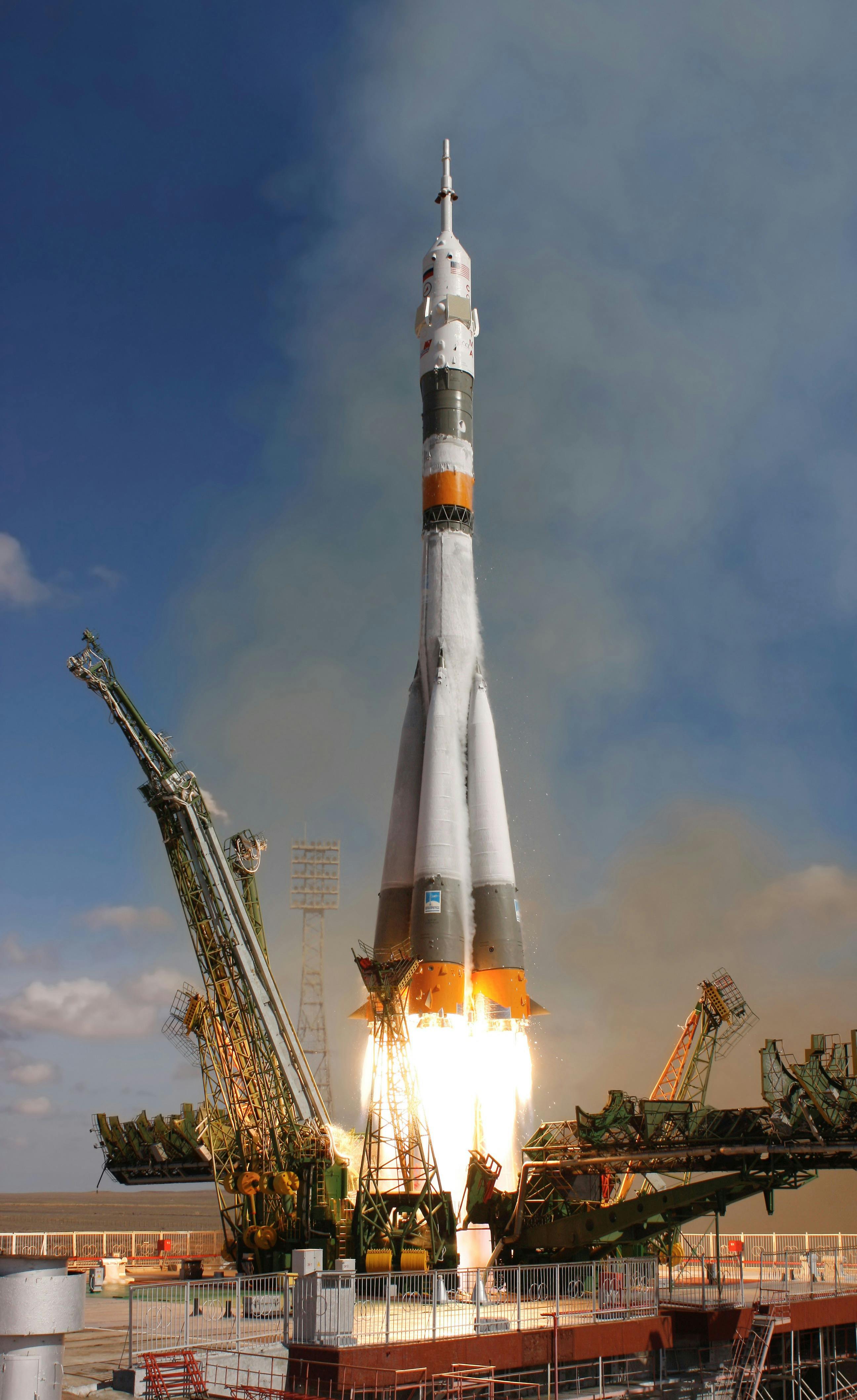
Introduction
The space race has witnessed an emotionally charged chapter with India’s latest achievement in the cosmos. The boundaries of Earth fade away when one looks up at the stars, and this week, India took a giant step forward into the universe. Group Captain Shubanshu Shukla, a distinguished test pilot of the Indian Air Force, made history by becoming the first Indian astronaut to visit the International Space Station (ISS), marking a significant milestone in India’s space endeavors.
Shubanshu Shukla: From Gandhinagar to the Stars
Born in Gujarat, Shukla’s journey embodies personal perseverance and an increasing confidence in India’s space aspirations. As an IAF test pilot, he dedicated years to pushing the limits of aviation technology. However, his mission to the ISS marked a new zenith—a literal leap into the vast unknown of space.
Axiom Mission 4: The Technology Behind the Journey
Launched from Cape Canaveral aboard the Falcon 9 rocket, the Axiom Mission 4 represents a commercial partnership between Axiom Space and NASA, designed to transport astronauts to the ISS. Shukla’s participation in this mission is noteworthy, as it symbolizes India’s inaugural human presence in the world’s most advanced space laboratory.
The Dragon capsule, nicknamed ‘Grace’, delivered Shukla to space, showcasing the pinnacle of 21st-century aerospace engineering. The Falcon 9, renowned for its reusable booster, efficiently took the crew into orbit—a feat that SpaceX has performed multiple times.
Research in Space: India’s Contribution to the ISS
Arriving at the ISS, Shukla’s role wasn’t merely as a visitor; he transitioned into a vital research contributor. Collaborating with scientists from NASA and ISRO, he undertook India-led microgravity experiments, a testament to India’s growing prominence in global space research.
- Microgravity Food Studies: Shukla conducted experiments testing the effects of microgravity on food microflora, which could be crucial for long-term space missions.
- Human-Computer Interaction Research: He analyzed how astronauts interact with electronic screens in zero-gravity environments—a necessary step for future crewed space vehicles.
- Direct Applications for India: The insights gathered from these experiments will feed directly into India’s Gaganyaan Human Spaceflight program, offering scientific insights that are impossible to replicate on Earth.
The Gaganyaan Connection: India’s Indigenous Space Aspirations
India’s forthcoming Gaganyaan mission aims to send its astronauts into Earth’s orbit aboard the homegrown, human-rated LVM3 rocket. Although delays arose from the COVID-19 pandemic and technical evaluations, Shukla’s experience at the ISS has provided invaluable real-world insights that will enhance training and operational readiness for future missions.
Insights from Shukla’s Time at the ISS:
- Astronaut training and mental preparation for space missions.
- Life support systems functionality and usability in a space environment.
- Troubleshooting mechanisms and diagnostics aboard the spacecraft.
ISRO is currently advancing its own environmental control and life support systems (ECLSS) for Gaganyaan. The knowledge and feedback from Shukla’s mission will significantly influence the operational practices and technologies developed for India’s future crews.
Charting India’s Future in Space: From Landing on the Moon to Building Space Stations
India’s ambitions extend far beyond low Earth orbit. Following the triumphant Chandrayaan-3 and Aditya-L1 missions, the trajectory is set for even greater goals:
- Chandrayaan-4: This mission will be India’s first lunar sample return mission.
- Indian Space Station: Plans are in motion to develop India’s own space station by 2030.
- Advanced Space Technologies: Development of advanced robotics and autonomous docking technologies.
- Foundation for Future Endeavors: Shukla’s mission serves as a stepping stone toward realizing these grand objectives.
The Rise of India’s Private Space Sector
While ISRO champions India’s space initiatives, the nation’s private space sector has emerged as a formidable force. The mission to the ISS exemplifies how public-private partnerships can propel India’s space exploration agenda into the next decade.
- Skyroot Aerospace: Engaged in testing reusable rocket technology.
- Agnikul Cosmos: Developing mobile launch platforms and 3D-printed rocket engines.
- Pixxel: Providing hyperspectral imaging satellites for a variety of applications.
Supported by the Indian National Space Promotion and Authorization Center (IN-SPACe), these start-ups are being positioned as key players in future missions and endeavors.
Conclusion: A Nation Unites
What began as a mission from the coast of Florida has enriched India’s national narrative. Group Captain Shubanshu Shukla’s journey is not only a personal achievement; it signals a significant moment in India’s developmental trajectory.
His presence aboard the ISS solidifies India’s position not just as a collaborator but as a key contender in the global space arena. The data, experience, and partnerships formed during this mission herald the dawn of a new era—an era where Indian astronauts, innovators, and scientists will collaboratively reach for the stars.
The countdown has concluded. The mission is underway. These are just the early chapters of India’s expansive journey into the cosmos.